Understanding the 2025 Toyota 4Runner: Exploring its Weight and Significance
Related Articles: Understanding the 2025 Toyota 4Runner: Exploring its Weight and Significance
Introduction
With enthusiasm, let’s navigate through the intriguing topic related to Understanding the 2025 Toyota 4Runner: Exploring its Weight and Significance. Let’s weave interesting information and offer fresh perspectives to the readers.
Table of Content
Understanding the 2025 Toyota 4Runner: Exploring its Weight and Significance
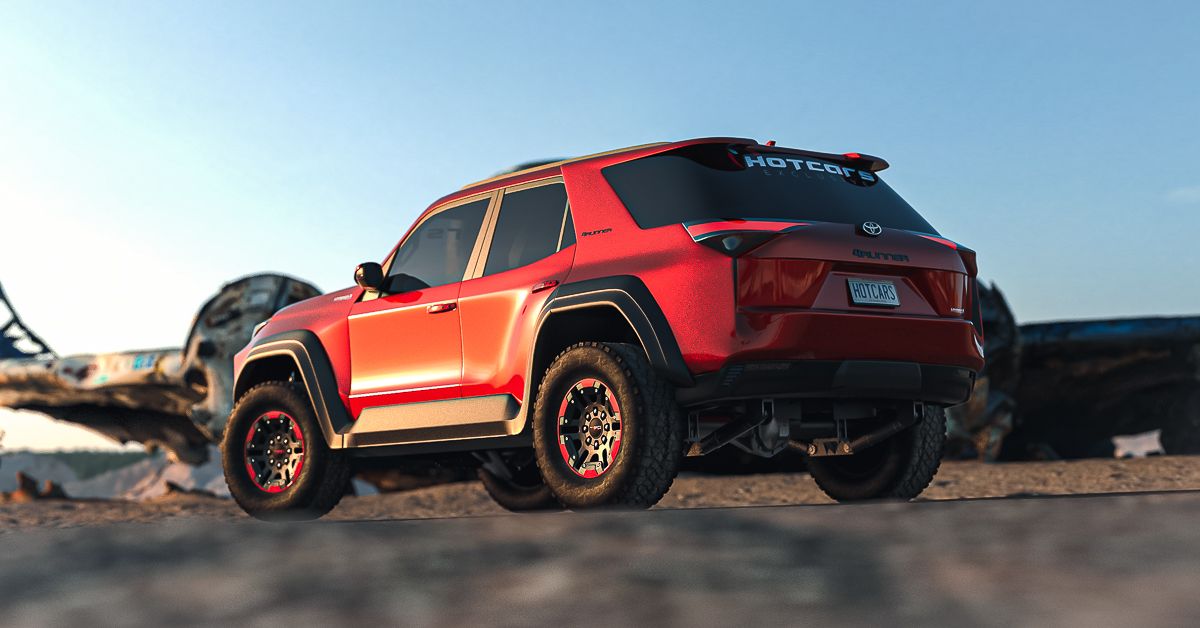
The Toyota 4Runner, a stalwart in the SUV segment, is renowned for its ruggedness, off-road capabilities, and enduring reliability. As the automotive industry evolves, consumers are increasingly interested in fuel efficiency and performance, making vehicle weight a crucial factor. While the exact specifications for the 2025 4Runner are yet to be officially released, understanding the importance of weight in vehicle design and performance provides valuable insight into what we can expect from this iconic SUV.
The Impact of Weight: A Deeper Dive
Vehicle weight plays a pivotal role in influencing various aspects of a vehicle’s performance and efficiency. It directly affects:
- Fuel Economy: Heavier vehicles require more energy to accelerate and maintain speed, leading to lower fuel efficiency.
- Handling and Maneuverability: A heavier vehicle is more prone to body roll and requires more effort to steer and brake, impacting handling and responsiveness.
- Off-Road Performance: While weight can provide traction in certain off-road scenarios, excessive weight can strain the suspension and limit maneuverability in challenging terrain.
- Braking Distance: A heavier vehicle needs a longer distance to stop due to the increased inertia it carries.
- Payload Capacity: The maximum weight a vehicle can safely carry, including passengers and cargo, is directly related to its overall weight.
Factors Influencing 2025 4Runner Weight
While definitive information on the 2025 4Runner’s weight is unavailable, we can analyze factors that are likely to influence its curb weight:
- Platform and Body Design: The 4Runner is built on a robust body-on-frame platform, known for its durability and off-road capability. However, any significant changes to the platform or body design, such as the use of lighter materials, could influence its weight.
- Engine and Drivetrain: The 2025 4Runner may adopt a new engine or drivetrain configuration. Lighter and more efficient powertrains could contribute to a lower overall weight.
- Features and Options: The addition of optional features, such as larger wheels, advanced safety systems, or premium interior materials, can add weight.
- Technology and Safety Systems: The integration of advanced technology and safety features, like driver-assist systems and active safety technologies, can impact the vehicle’s weight.
Predicting the 2025 4Runner’s Weight: A Look at Trends
Analyzing the trend of weight reduction in the automotive industry offers insights into potential changes in the 2025 4Runner. Car manufacturers are increasingly utilizing lighter materials, such as aluminum and high-strength steel, to achieve weight reduction without compromising durability.
Furthermore, advancements in engine technology, such as downsizing and the adoption of hybrid or electric powertrains, can contribute to significant weight savings. While Toyota has been known for its traditional gasoline engines, the company is actively exploring alternative powertrains, which could influence the 2025 4Runner’s weight.
The Importance of Weight in the 2025 4Runner
The 2025 4Runner will likely continue to prioritize off-road capability and ruggedness, making weight a crucial consideration. While weight reduction can enhance fuel efficiency and performance, it must be balanced with the need for a robust and capable off-road vehicle.
Toyota engineers will need to find a delicate balance between weight optimization and maintaining the 4Runner’s renowned off-road prowess. This may involve the strategic use of lighter materials, optimized engine configurations, and potentially the introduction of hybrid or electric powertrain options.
FAQs: 2025 4Runner Curb Weight
1. What is the estimated curb weight of the 2025 Toyota 4Runner?
As official specifications are yet to be released, providing an exact curb weight estimate is impossible. However, based on the current generation and industry trends, the 2025 4Runner’s weight could fall within the range of its predecessor or potentially be slightly lower due to advancements in materials and technology.
2. How does the 2025 4Runner’s weight compare to its competitors?
The 2025 4Runner will likely compete with other mid-size SUVs like the Jeep Wrangler, Ford Bronco, and Chevrolet Tahoe. Its weight will be a significant factor in determining its competitiveness in terms of fuel efficiency, handling, and off-road performance.
3. Will the 2025 4Runner be lighter than the current model?
It is possible that the 2025 4Runner will be lighter than its predecessor, especially if Toyota adopts advanced materials and technologies to optimize its weight. However, it is crucial to remember that the 4Runner’s off-road capabilities are paramount, and weight reduction should not compromise its ruggedness.
4. What are the potential benefits of a lower curb weight for the 2025 4Runner?
A lower curb weight could lead to improved fuel economy, better handling and maneuverability, increased payload capacity, and potentially enhanced off-road performance due to a reduced strain on the suspension.
5. Will the 2025 4Runner be available with a hybrid or electric powertrain?
While Toyota has not confirmed the availability of hybrid or electric powertrains for the 2025 4Runner, the company is actively exploring these technologies for its SUV lineup. If introduced, these powertrains could significantly impact the vehicle’s weight and performance.
Tips: 2025 4Runner Curb Weight
- Stay Informed: Follow official Toyota announcements and automotive news sources for updates on the 2025 4Runner’s specifications and weight.
- Compare Models: When considering the 2025 4Runner, compare its weight to its competitors to understand its performance and efficiency relative to other mid-size SUVs.
- Consider Features and Options: Be mindful of the weight impact of optional features and technologies when configuring your 2025 4Runner.
- Prioritize Efficiency: If fuel economy is a priority, consider the potential benefits of a lower curb weight and explore options like hybrid or electric powertrains if available.
Conclusion: 2025 4Runner Curb Weight
The 2025 4Runner’s curb weight will be a significant factor in determining its performance, efficiency, and overall appeal. While the exact weight remains unknown, understanding the importance of weight in vehicle design and the potential impact of evolving technologies and materials provides valuable insights into what we can expect from this iconic SUV. As the automotive industry continues to evolve, Toyota’s commitment to the 4Runner’s rugged off-road heritage, combined with the pursuit of improved efficiency and performance, will likely lead to a well-balanced vehicle that caters to the diverse needs of its target audience.


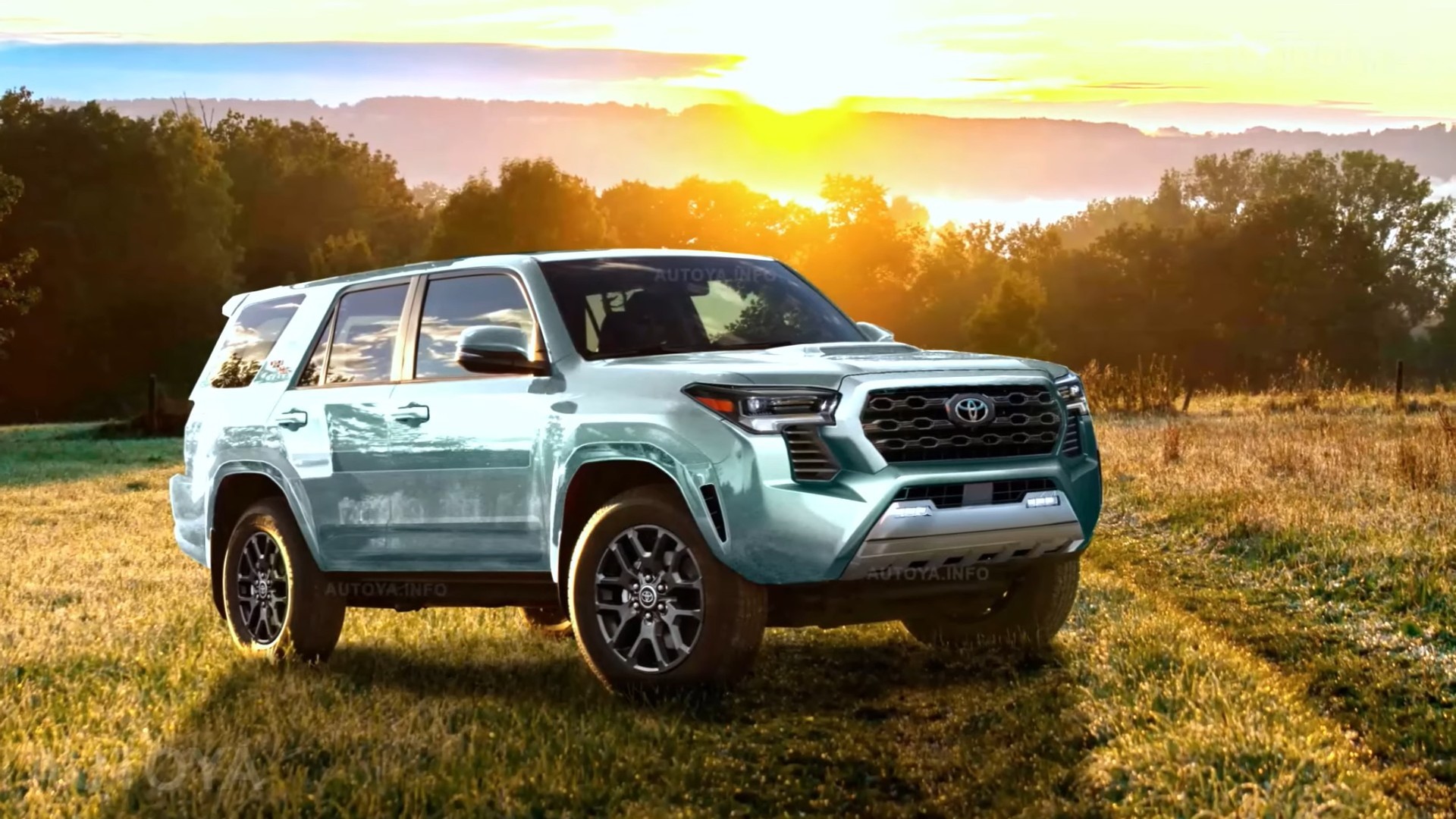
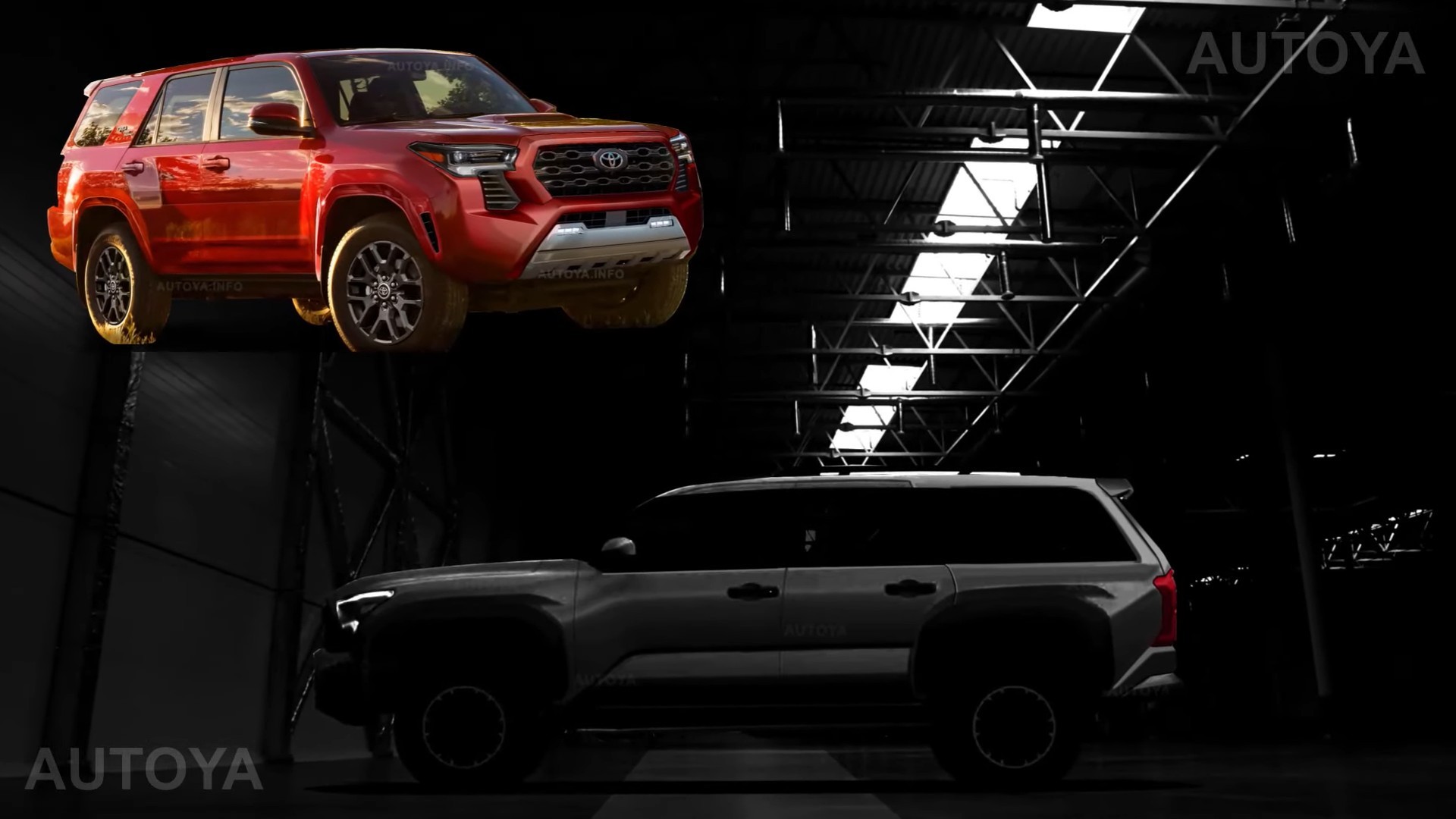


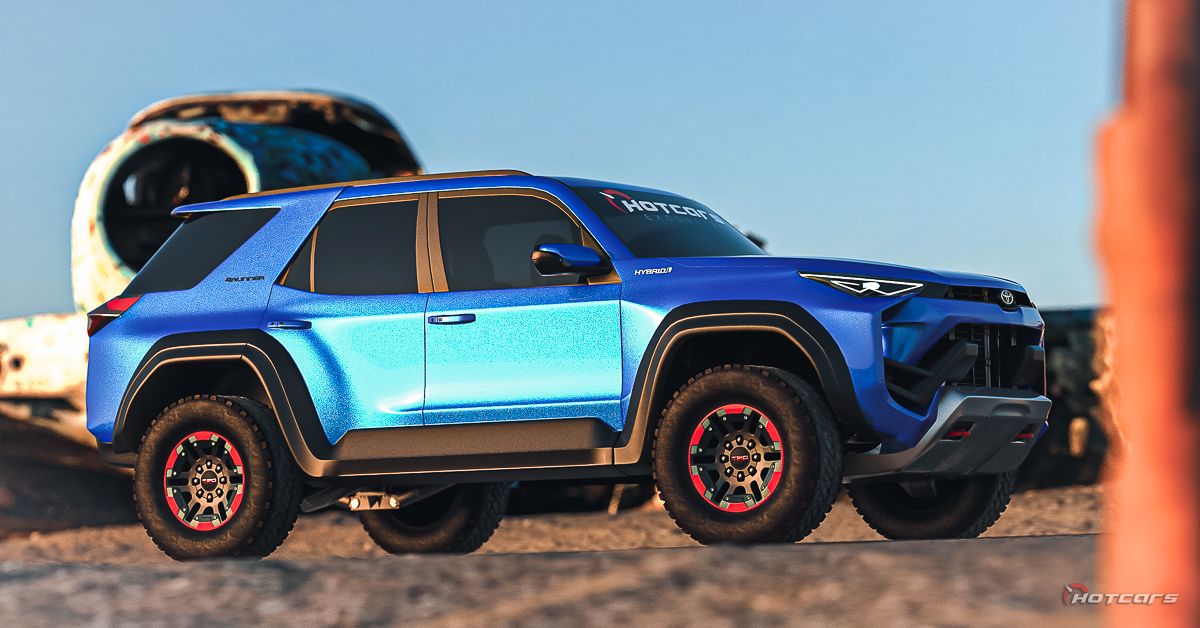
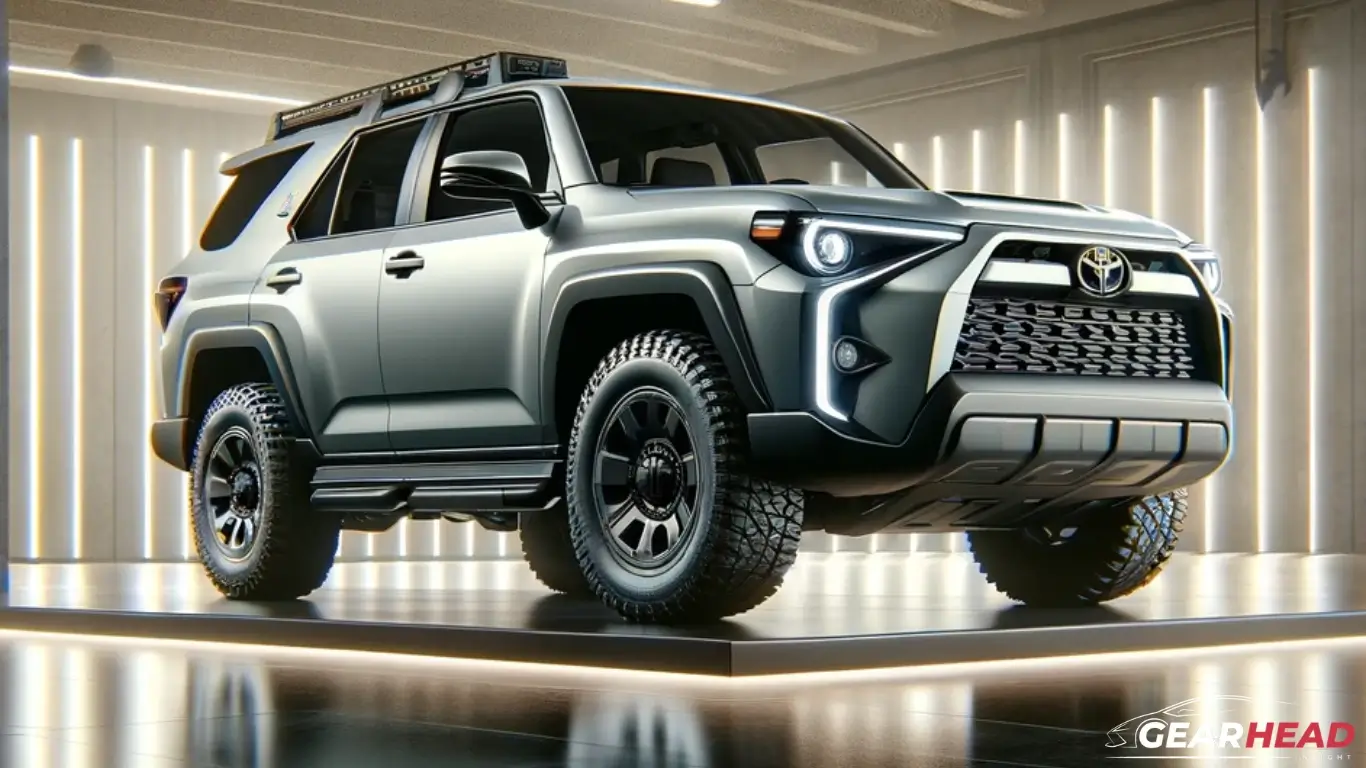
Closure
Thus, we hope this article has provided valuable insights into Understanding the 2025 Toyota 4Runner: Exploring its Weight and Significance. We thank you for taking the time to read this article. See you in our next article!
